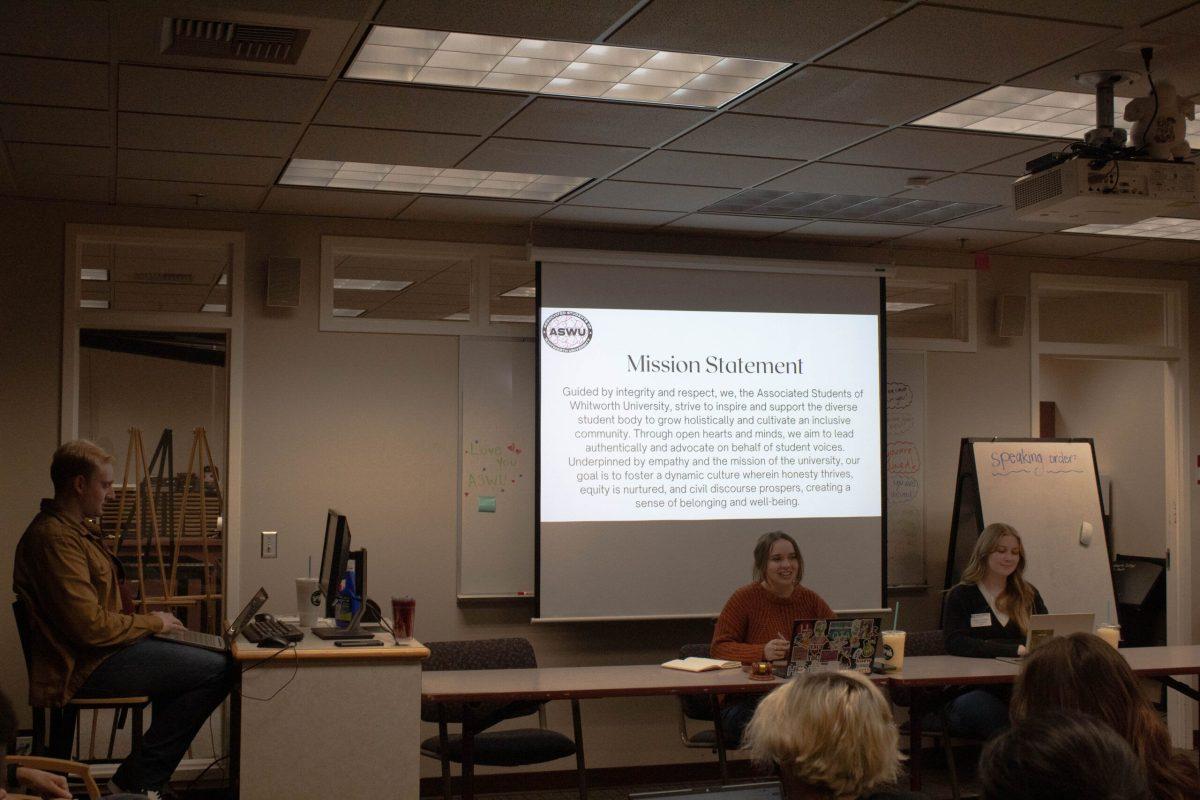If you’ve been in the Hixson Union Building recently, you may have noticed that the PostSecret wall has come down. A sign left by special events coordinator Brittany Roach, the campus coordinator for the program, explains that the project was taken down due to “a complaint in The Whitworthian” and concerns from the administration.
Allegedly, Whitworth administration instructed Roach to remove the more offensive secrets from the project; Roach elected to take the entire project down rather than selectively and subjectively censor the voices of some. First, the board would like to make a brief clarification: the complaint referred to on the sign was not in an article authorized or written by a Whitworthian writer. It was a letter to the editor from freshman Daniel Thomas, printed in the April 19 issue. The opinions expressed in the letter to the editor are those of its author and not necessarily those of the members of the editorial board, nor any other staff member of The Whitworthian.
We feel that the response from Whitworth administration is an overreaction and an act of needless censorship.
The PostSecret program has been popular on campus because it provides an outlet for students to voice personal struggles without fear of negative reciprocation. Even voicing something anonymously can be an important, therapeutic first step on the path to dealing with painful issues.
The confessions through the project served an important secondary service – bringing awareness to the fact that Whitworth students have problems, too. It seems like an obvious statement, but it can be easily forgotten, especially in light of the face the university portrays to the public. Students, especially new students, often have the conception that everyone at Whitworth has a good life, is a Christian, doesn’t have real struggles, etc.
The realization that problems like sexual and substance abuse, pornography, depression, religious struggles and a wide variety of other issues that exist on campus can be uncomfortable, but it is crucial that students and faculty alike do not close their eyes to the struggles of people around them.
It seems one of the primary reasons for the actions taken against PostSecret was concern over the impression the project might give to visiting prospective freshman.
Issues of hypocrisy and white-washing our image aside, we feel that censoring and removing the board is throwing the baby out with the bath water.
We suggest that instead of censoring PostSecret, the project be moved to an area highly frequented by current students, but not as much by prospective freshman. One likely place would be next to the Post Office in the HUB. It’s not a location at which prospective freshman have any reason to spend much time, but full-time students are often there checking mail.
Another possibility would be to move the project to an online format, though at the cost of visibility and public awareness that foot traffic brings. A possible solution to this problem could be the placement of select PostSecret confessions in a highly visible area as a way to promote students to go to the website.
However, this could have the potential to raise issues of censorship and selectivity once again, so caution should be used if this solution is implemented.
Finally, we would like to offer a suggestion to the PostSecret program. This board feels that the program, while a wonderful concept, needs to include some method of follow-up with those that leave confessions on the board. Follow-up need not be mandatory; but we feel that while confession is an important first step in dealing with serious problems, it cannot be left there. If there was an advertised channel by which contributors could get help, if needed, the program could serve as an even more effective means to improve the lives of students involved. Providing mentors or counseling, or a support group that could be available to those who contribute to the project would be an improvement on the current program.
Editorials in the “In the Loop” section reflect the majority opinion of the Editorial Board, which is made up of six editors.




